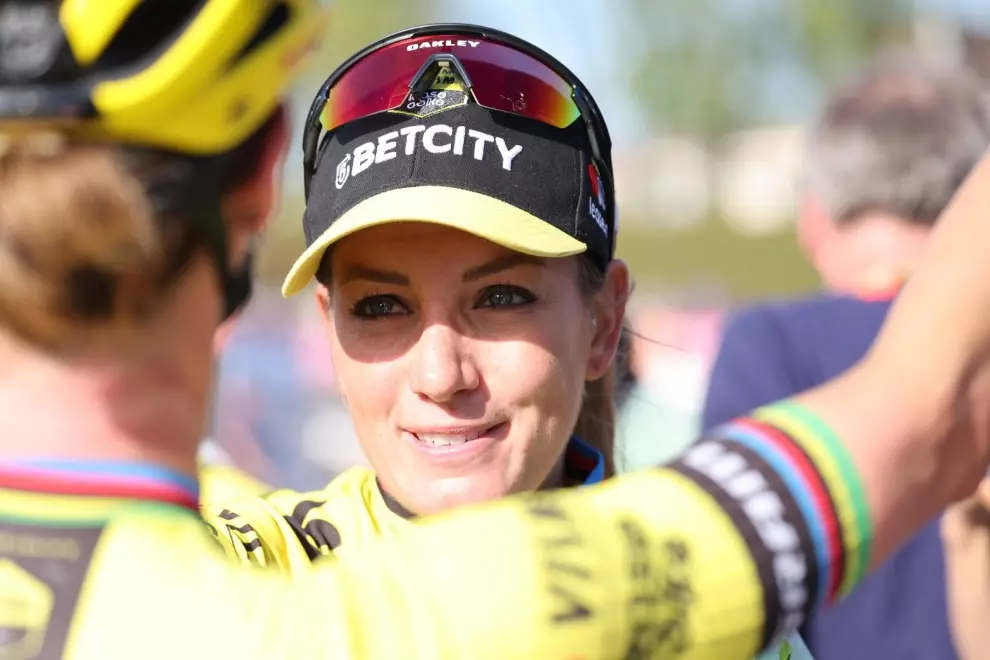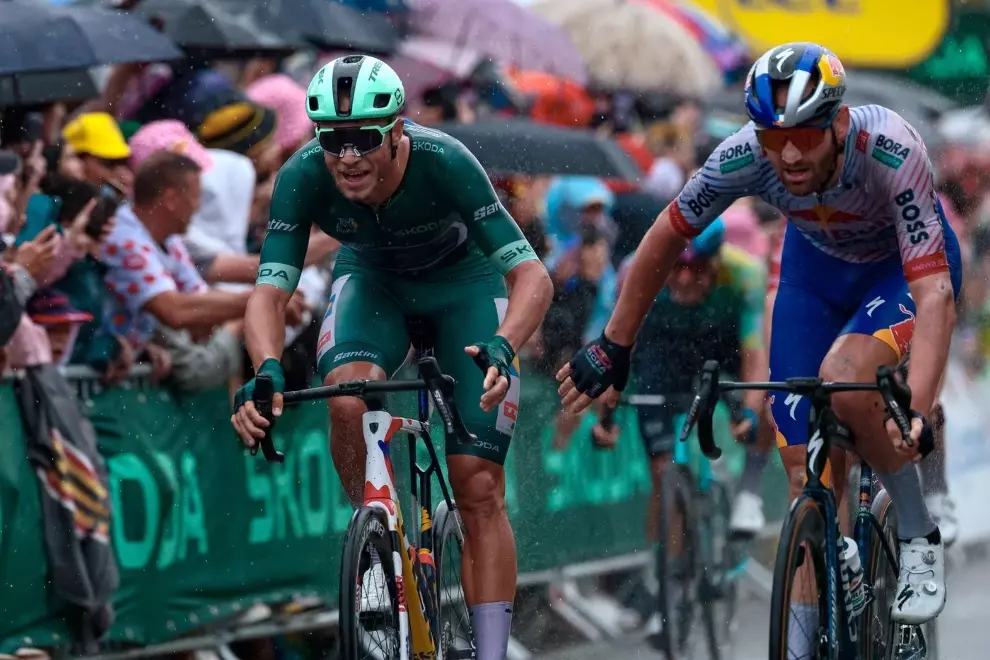The gravel boom — from niche to global craze
Truly, the surge in popularity of gravel racing has been nothing short of meteoric. What once started as a niche movement has now become a global craze, captivating the hearts and minds of cyclists seeking adventure and a break from traditional road racing. The term ‘gravel’ has expanded its definition, encompassing a myriad of off-road terrains, each presenting unique challenges to riders. The gravel scene has grown to such an extent that navigating the array of events, technologies, and bikes has become an exhilarating challenge.
Gravel racing events 2024
To back up said claims — the gravel racing calendar 2024 is bursting and features an array of events catering to riders of all skill levels. The UCI Gravel World Series, introduced in 2022, has seen phenomenal growth, expanding from 10 races to an impressive 25 in just three years. The series includes the prestigious UCI Gravel World Championships, set to enter its third year in 2024.
Plus, new additions to the series, such as the Wörthersee Gravel in Austria, Giro Sardegna Gravel in Italy, Safari Gravel Race in Kenya, Hegau Gravel in Germany, Gravel Suisse in Switzerland, and “Brwydr y Graean” in Wales, promise fresh challenges and breathtaking landscapes for participants.
Scheduled for the weekend of October 5-6, the 2024 UCI Gravel World Championships will commence in Halle and culminate in Leuven, the hosting town of the 2021 UCI Road World Championships. Crafted amidst the recently designated national park, the Forests of Brabant, the course boasts a delightful blend of forest and farming roads, interspersed with challenging cobbles and smooth asphalt. While the climbs are characterized by neither excessive length nor steep gradients, the race’s concluding stages introduce a nuanced elevation, adding a strategic dimension to the competition.
In tandem with the upcoming season, 2024 brings forth new regulations, including a stipulated minimum lap distance of 40km for local lap races. An exciting addition to the competitive landscape is the introduction of an Elite category for qualifier events. Riders must now make a pre-race decision, opting to contend for the prestigious Elite category or remain in their respective age groups. This strategic choice injects an extra layer of anticipation and planning into the riders’ approach to these challenging events.
Gravel in the Tour de France 2024
Gravel racing’s influence is not confined to dedicated events, either. It has even infiltrated the prestigious Tour de France. The 2024 route, recently unveiled, includes four sectors of gravel roads. Spanning 32.2km, these gravel sections, nestled in the hills of the Champagne region, are poised to challenge riders and alter the race dynamics. While met with some controversy, the inclusion of gravel in the Tour de France reflects the sport’s evolution and the desire to introduce variety into the traditional race format.
Not to mention, the stage – with the hills, twisting roads, and demanding gravel sectors – has the potential to majorly shake up the race and the GC standings.
The rise of women’s gravel racing

In the midst of the gravel racing revolution, women’s racing has played a significant role, becoming a focal point of attention. The UCI Gravel Worlds served as a testament to the grit and tenacity of the competition, with riders like Demi Vollering openly acknowledging the demanding nature of the races. However, at the pinnacle of the World Gravel Championships for elite women, the indomitable Kasia Niewiadoma transcended all boundaries. This 29-year-old Polish powerhouse, securing a commendable third place in the final standings of the Tour de France Femmes in July, embarked on a solo journey to clinch victory in the picturesque setting of Veneto. Silvia Persico secured the second spot, with Demi Vollering trailing in third, capturing a momentous podium for women’s gravel racing.
Reflecting on her gravel racing debut at the world championship, the ever-cheerful champion shared, “Participating in this world championship was incredibly intriguing, especially since I had never ventured into the realm of gravel racing before.” Niewiadoma emphasized the uniqueness of the event, shedding light on the absence of traditional team dynamics. “It was rather unique that everyone was riding for themselves, and there wasn’t much teamwork involved. Normally, the ladies from SD Worx are unstoppable,” she quipped, casting a playful glance at Vollering, who also graced the press conference.
“But this time, everyone was riding independently except for the Italian team. I viewed it as a one-of-a-kind opportunity, and surprisingly, I felt in excellent form. On the climbs, I could feel my legs were strong. Additionally, I had fantastic equipment at my disposal, so I must extend my gratitude to SRAM and Canyon.”
Niewiadoma’s venture into gravel racing not only showcased her versatility as a rider but also underscored the evolving landscape of women’s cycling. The shift towards individual prowess and diverse racing disciplines has empowered elite riders to explore new horizons and demonstrate their skill sets in unconventional settings. The enthusiastic embrace of gravel racing by prominent figures like Niewiadoma speaks volumes about the exciting possibilities that lie ahead for women in this dynamic and rapidly growing discipline. As the gravel revolution gains momentum, the rise of women’s gravel racing emerges as a captivating narrative within the broader tapestry of cycling, inspiring a new generation of enthusiasts and reshaping the landscape of competitive women’s cycling.
Furthermore, the increased coverage of women’s events in 2024 stands as a positive sign, potentially serving as a beacon to inspire a fresh wave of female cyclists and attract more sponsorships to support the growth and development of women’s gravel racing.
The future of gravel racing
As we venture further into 2024, gravel racing’s future appears brighter than ever. With a diverse calendar of events, increased coverage of women’s racing, and the inclusion of gravel in the Tour de France, the sport is evolving in exciting ways. The gravel boom has revitalized professional cycling and opened doors for amateurs with varying skill sets, providing a fresh and inclusive perspective on the world of cycling. So, get ready for a thrilling ride into the world of gravel racing in 2024!




